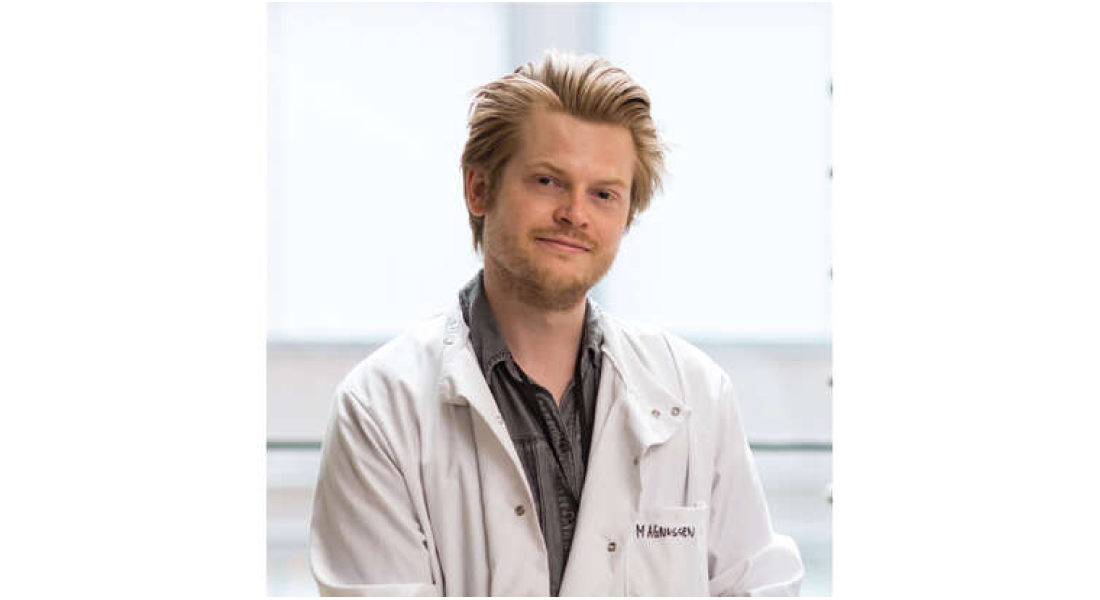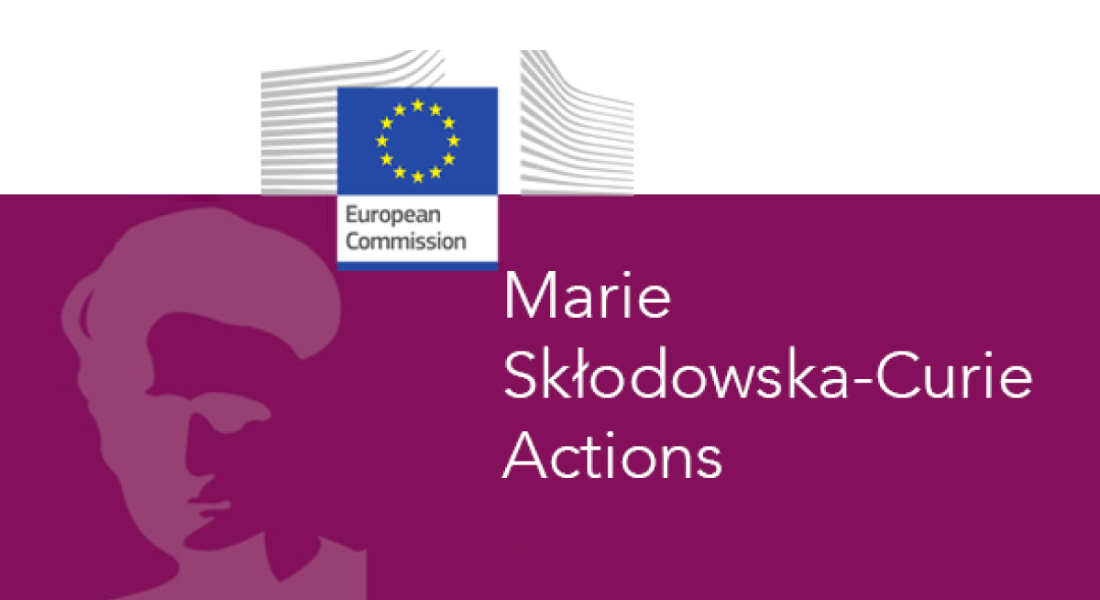Dr Magnussen has been awarded a Marie-Skłodowska-Curie Fellowship
Postdoc Michael James Magnussen from the Aragona Group has been awarded a Marie-Skłodowska-Curie Fellowship from the European Union to develop a better disease model of the physiological condition of the bladder.

Dr Magnussen will use his bioengineering and stem cell biology experience to lead ‘Chip URInary Engineered System – CURIES – for modelling bladder biomechanics and disease’.
“I am excited to start this project in the Aragona group, where I will combine my bioengineering experience with the knowledge of Associate Professor Mariaceleste Aragona in mechanobiology of stem cells to construct these next-generation models of urinary tract biomechanics and disease.’’
What the project is about
The bladder is a physically active hollow organ that distends with the filling of urine and voids via voluntary control. The urothelium is a specialised stratified epithelium that lines the internal side of the bladder. One of the unique properties of urothelium is that it can sense how much urine is in the bladder through detecting stretch in the bladder. When one has urinary tract infections (UTI), the capacity of the cells to decode the tensional status of the bladder is disrupted, causing bladder hyper-sensation.
Unfortunately, it is not known why this happens. To get a better understanding of this crucial issue Dr Magnussen plans to use a microfluidic system to develop a model of the mechanics of the bladder in vitro. In this way, the stretching and relaxation of the bladder can be modelled to gain a better understanding of how cells read the biomechanics of the system.
A cutting-edge model that could contribute to society
The new model will give insights into how bacteria are disrupting the impermeable barrier of the urothelium and how UTI destroy the way cells sense the biomechanics of the bladder. Without appropriate models that recapitulate organ biomechanics, we are not able to understand how the cells sense. The new model could be used in the future to develop better targeted designing and safe testing of novel antibiotic-replacing therapies.
Image: Engineered three-dimensional urothelium from bladder stem cells.

